Artisanat du Sud
Moroccan handicraft
Traditional handicraft
Hand-made products
Hand-made in Marrakesh
Categories
Zellij in Marrakesh
Initially, in 1062, nothing predestined this small settlement founded by Abu Bakr Ibn Omar to become the radiant city nicknamed "Pearl of the South". The surroundings were dry, non-existent agriculture, scarce resources, only the peaks of the High Atlas in front of this unlikely place. Yet the settlers called this city "Marrakesh", which means "Land of God" in Berber language.

Mosques, madrasah and palaces will soon be built in Marrakesh, by a lot of artisans coming from Andalusia (Spain). Those artisans of zellij, sculptors, painters, builders will therefore import the "Umayyad" style from Cordoba and Seville.
Zellij tiles will emerge more rapidly that the region is rich in clay. The Ourika Valley (Setti Fadma), among others, will provide to artisans red clay necessary for making Zellij tiles. Zellij Tiles will become a very important decorative element in Marrakesh.
Zellij Fountains
 From 1156, the Agdal Garden, with a dense vegetation, comes defy nature in this dry and arid environment, because water is abundant in groundwater. A clever underground irrigation system called "khettara" will provide enough water for needs of both agriculture and gardens. The number of Zellij Fountains will grow up quickly, real fresh water tank, used for ablutions and allowing men and their mounts to quench their thirst.
From 1156, the Agdal Garden, with a dense vegetation, comes defy nature in this dry and arid environment, because water is abundant in groundwater. A clever underground irrigation system called "khettara" will provide enough water for needs of both agriculture and gardens. The number of Zellij Fountains will grow up quickly, real fresh water tank, used for ablutions and allowing men and their mounts to quench their thirst.
The Mouassine Fountain
The most impressive of these fountains is that of the Mouassine Mosque, situated not so far from the Jamaa El Fna square, in the direction of Dar el Bacha.
It was built around 1571, consists of three pools, and ornate (originally) of zellij, plaster, and carved and painted wood.
Decorative Zellij in Marrakesh
 Nowadays, smaller Zellij Fountains can be found in Marrakesh.
Nowadays, smaller Zellij Fountains can be found in Marrakesh.
Their zellij decoration is based on typical geometric patterns of Marrakesh, as the "Umayyad" style has evolved with Saharan and sub-Saharan artistic influences.
Some of them even deliver drinking water, and it is not uncommon to see Moroccans coming to drink water, sometimes with their donkey or horse, as the seventeenth century.
 Discreet despite of its bright colours, zellij tiles are used for walls, ceilings, floors, tables, fountains with the same decorative patterns.
Discreet despite of its bright colours, zellij tiles are used for walls, ceilings, floors, tables, fountains with the same decorative patterns.
By brilliance and blue tones, zellij, and also fountains and moucharabiehs, produce a feeling of freshness in the houses in Marrakesh where the heat is sometimes overwhelming.
In their workshops, zellij artisans of Marrakesh continue the tradition by making beautiful variations of handmade zellij wall fountains or basins, easy to install, and zellij tables of many sizes accompanied by wrought iron chairs.
Author: Pascal Guillermard

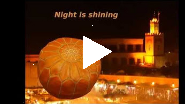
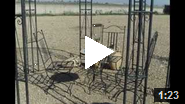
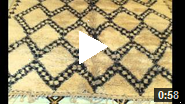
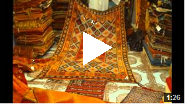
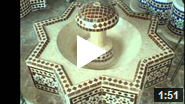









 You are here :
You are here : 